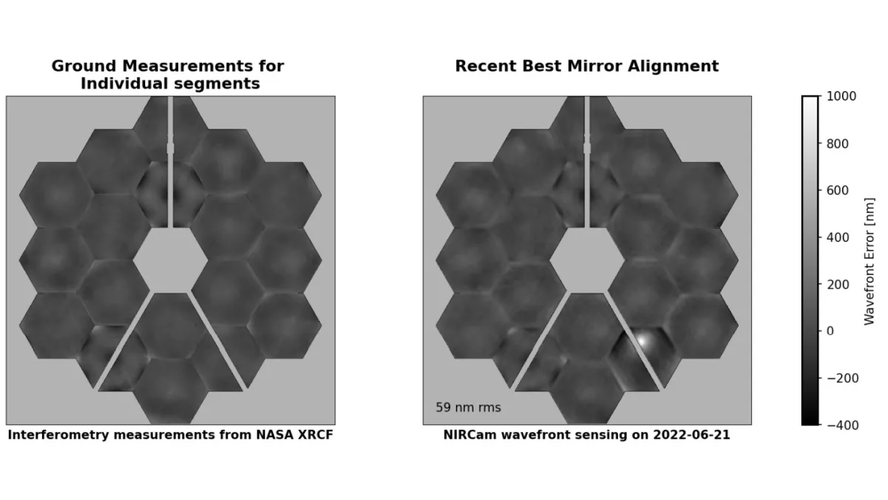- Moderator
- #316
- Joined
- Aug 7, 2002
- Messages
- 37,087
- Reaction score
- 48,228
- Age
- 49
Online
NASA: Look, gotta be honest. This is a one-way trip. But your family will be taken care of for life.Can’t we just send a couple of Celestial Mechanics to fix it? Hopefully NASA extended their new telescope warranty.
Astronaut: Uhhh... what?

